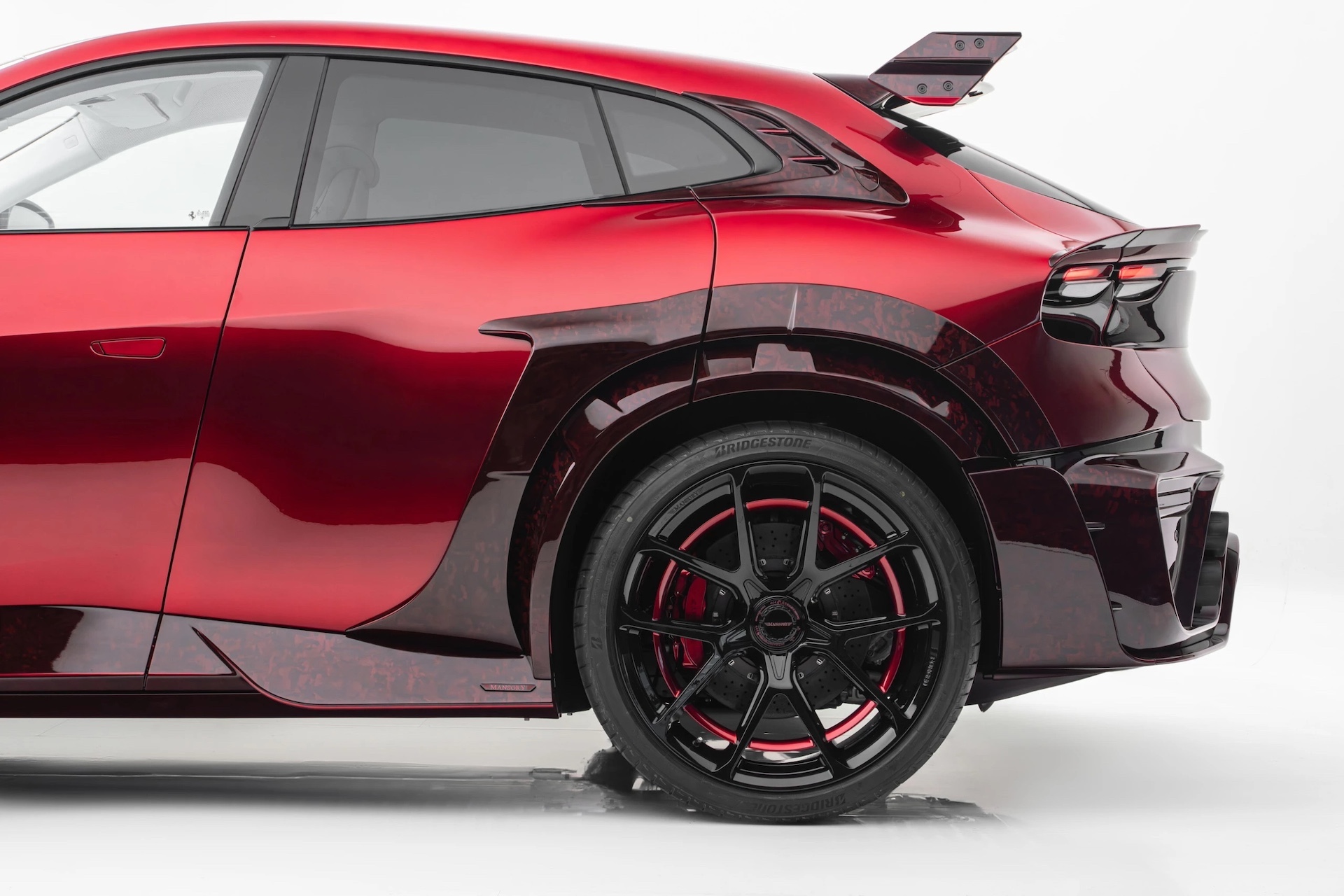Ferrari’s Customization Program: A Balancing Act Between Profit and Brand Image
Ferrari’s in-house customization program has become a double-edged sword. While it generates significant revenue by allowing affluent buyers to personalize their vehicles, the brand is increasingly concerned about how some extravagant requests could harm its prestigious image. Ferrari CEO Benedetto Vigna has emphasized the need to protect the brand’s identity by carefully managing these customizations.
The Challenge of Maintaining Ferrari’s Iconic Identity
Traditionally associated with the iconic Rosso Corsa red, Ferrari now finds that only about 40% of its customers choose this classic color. Many opt for unique, one-off paint jobs through the customization program, some of which are described as “bling,” “strange,” or “garish.” These requests have prompted Ferrari to consider pre-defining acceptable color combinations to preserve its brand values.
What Defines a ‘Strange’ Ferrari?
In Ferrari’s world, a “strange” car is one that strays too far from the brand’s refined standards—think overly ostentatious designs that prioritize flash over elegance. While taste is subjective, Ferrari aims to avoid creations that could tarnish its legacy. For example, the brand has drawn the line at certain requests, such as painting a car pink, regardless of how much a customer is willing to pay.
The Financial Impact of Ferrari’s Customization Program
Despite these concerns, Ferrari’s customization program is a lucrative venture, contributing to 20% of its revenue in 2024 and boosting profits by 21%. This success highlights the challenge of balancing customer desires with brand integrity. When Ferrari declines a request, aftermarket companies often step in, though this can lead to issues for owners who risk being blacklisted by Ferrari for excessive modifications.
The Risks of Over-Customization
Ferrari is also wary of how heavily modified vehicles could impact resale value and the brand’s heritage. CEO Benedetto Vigna has expressed concerns about selling such cars to second buyers, who may disapprove of the changes. Reversing modifications is often costly and complex, making it a less viable option.
Ferrari’s Stance on Protecting Its Legacy
Ferrari’s approach isn’t entirely new. In 2014, the brand famously sent a cease-and-desist letter to Canadian DJ Deadmau5 over his cat-themed Ferrari wrap. Vigna’s current efforts reflect a broader strategy to safeguard Ferrari’s image and ensure its vehicles remain timeless icons of automotive excellence.




Aftermarket Modified Ferrari








Sign In To Your carskingdom1 Account
0 Comments
Newest
Oldest